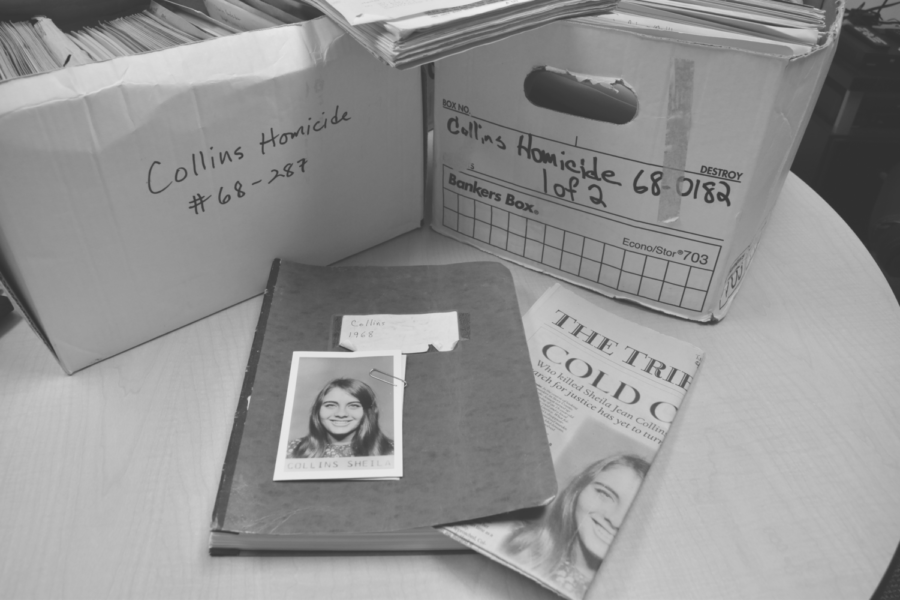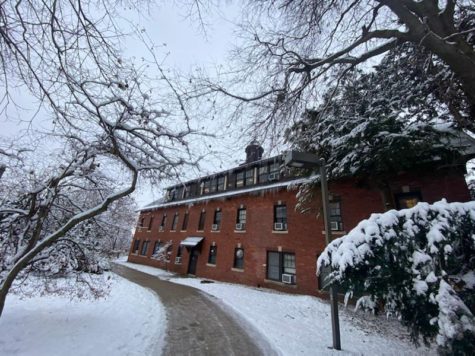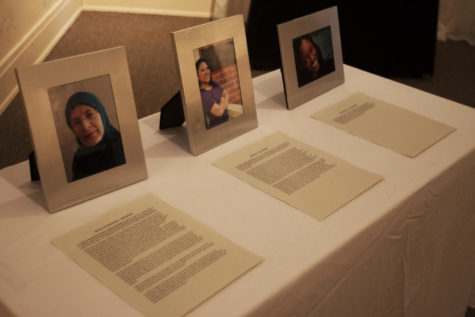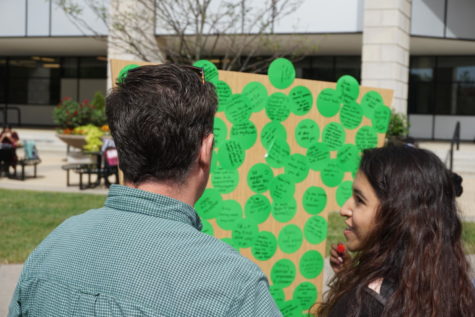Part one: The murder of Sheila Jean Collins
Sheila Jean Collins was an Iowa State student murdered in 1968. Her case remains unsolved, and no arrests were ever made.
January 28, 2022
Editor’s Note: The following is a series of articles telling the story of Sheila Jean Collins, an Iowa State student who was murdered in 1968. The articles, along with a podcast, were produced by Greenlee Investigates, a group of students from the Greenlee School of Journalism and Communication. The group spent the fall semester researching the case and talking to former ISU students, law enforcement and individuals familiar with the case to produce this project. Quotes in these articles are pulled from newspaper clippings, interviews from 1968 and from interviews conducted by students. Sheila’s murder was never solved, and no suspects were ever arrested. The suspects listed in these stories, with the exception of one, are not referred to by their real names to presume innocence until proven guilty. An interactive timeline can also be found here.
Content Warning: This article contains mentions of sexual and physical assault.
On a Friday night in 1968, Iowa State freshman Sheila Jean Collins excitedly packed her suitcase in preparation for a trip home.
In a hurry, she tossed on a dark woolen coat before leaving her dorm in Elm Hall to catch a ride on the corner of Beach Avenue and Lincoln Way.
That night, her parents and two younger sisters waited for her to walk through the door of their home in Evanston, Illinois.
She never arrived.
Two days later, the young woman’s body was found along a secluded gravel road.
When officers surveyed the snowy county road 15 miles east of Ames on Sunday, Jan. 28, 1968, they discovered Sheila’s exposed body lying in a ditch. She was posed on her hands and knees, hips raised, with her wool coat draped over her body. She had a nylon rope wrapped around her neck. A metal pipe lay nearby.
Her belongings were scattered, including the large plaid suitcase she had packed in anticipation of her trip home. Her jeans had been removed, and her blue Phi Kappa Psi sweatshirt was pulled up to her neck as she lay face down. The rest of her clothes hung on a wire fence near her body. She wore a dainty leather watch, but the hands no longer rotated on the dial.
Her suitcase, which she had borrowed from her sister, contained the mementos of a typical 19-year-old college girl who was heading home for the weekend. A Polaroid camera, a dusty sociology textbook and a green dress — all waiting patiently to be unpacked at a destination to which they would never arrive. Her belongings remain in the suitcase at the Story County Sheriff’s Office, eerily undisturbed by the passage of time.
News of Sheila’s death quickly spread across campus as tips flooded investigators’ phone lines. Despite countless leads, authorities never found definitive answers in her death. Unanswered questions piled up over years of dead ends.
Beyond haunting investigators for decades, Sheila’s murder left its mark on the Iowa State campus.
“It was like a slap in the face for a lot of women,” said Joyce Durlam, an Iowa State student at the time. “It just caused you to think differently about your personal safety.”
Many students followed her case intently, anxiously waiting for any news that would ease their fear and confusion. That news never came. As the case went cold, a disturbed atmosphere settled over campus. Suspects drifted in and out, but there was nobody to hold responsible for Sheila’s death. A menace remained at large.
Read part two here.

















